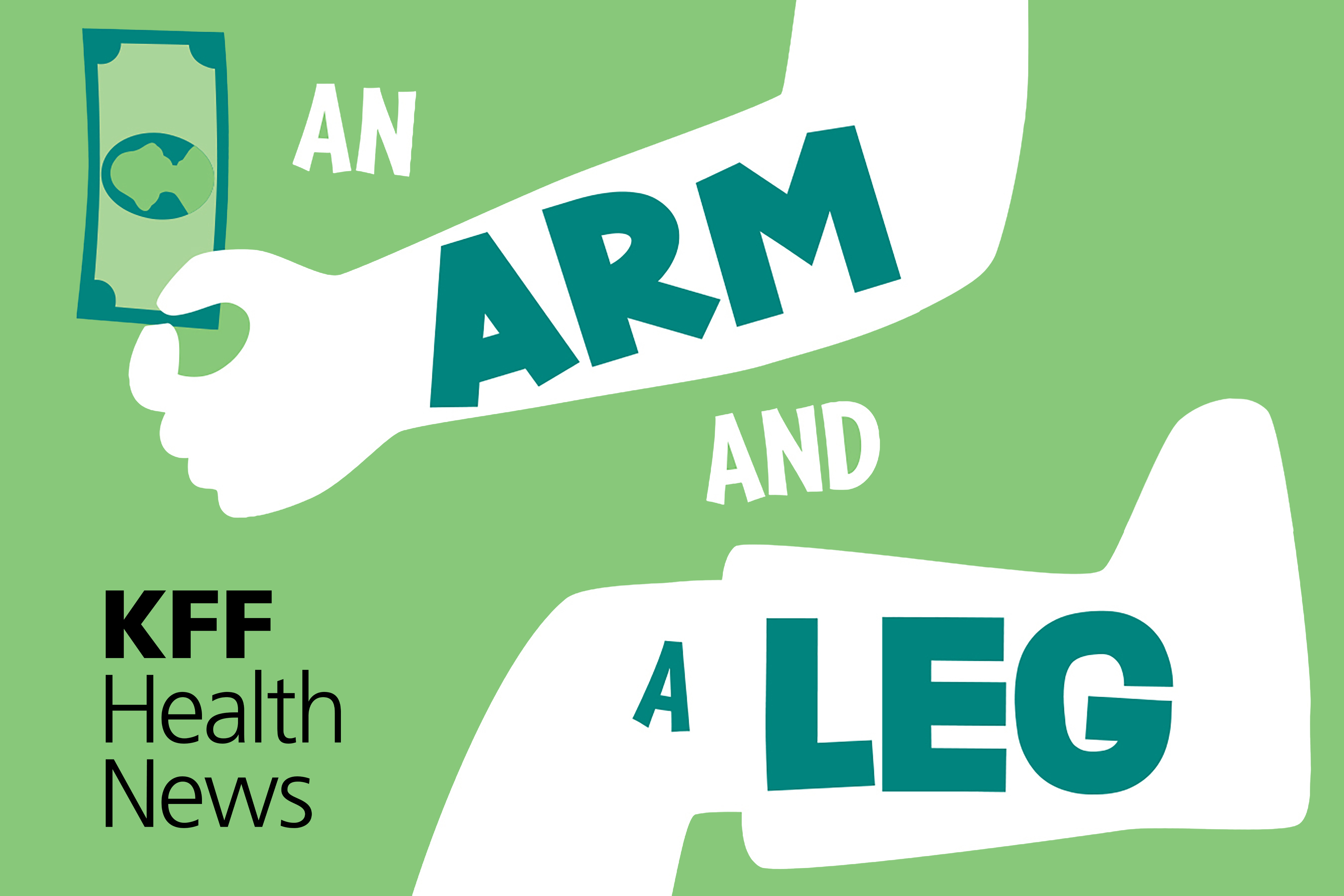Assisted reproductive technologies are lab-based treatments that fertilise sperm and eggs outside the human body for conception. IVF technology has been by far the most common ART procedure performed alongside ICSI to treat infertility and improve fertilisation rates for patients with past conception failures or male factor infertility.
How is it done?
Intracytoplasmic Sperm Injection uses the micromanipulation technique, which involves fine surgical tools and a high-powered microscope. Sperm is placed into a woman’s egg using a needle in a lab or clinical setting. A sperm cell is then directly injected into the egg’s cytoplasm to develop an embryo or a fertilised egg.
The ICSI procedure is an IVF treatment. Usually, doctors use it along with IVF and the next day, they check to see if the egg is fertilised. The fertilised eggs are observed as they develop to become embryos with multiple cells, which are then placed into the woman’s uterus.
When do you need to undergo ICSI treatment?
An IVF centre in Pune performs ICSI when the underlying issue is male-factor infertility. This treatment is usually recommended when men have an extremely poor sperm count, which is much lower than 20,000,000 sperm per millilitre, to ejaculate. Other reasons why this treatment is recommended include:
- When men face issues with sperm motility or movement
- When they face problems with sperm development
- Men who have a high incidence of anti-sperm antibodies that attack and damage sperm in the semen
- Men with blockages that prevent sperm from being ejaculated, like after a vasectomy
- Poor quantity and quality of sperm in the frozen sample
- Couples aiming to increase the number of high-quality embryos obtained from a single egg retrieval
ICSI treatment can also be performed when the male’s sperm count is as low as 1 or 2 million/ml.
What is the process?
When IVF is used with ICSI, the procedure allows otherwise sterile couples to become parents. ICSI treatment follows these steps:
Ovarian stimulation
The woman first needs to administer fertility medication to stimulate the production of eggs in her ovaries. During this period, the doctor monitors the eggs’ development. When the egg is ready for retrieval, the ICSI procedure is performed. Medications stimulate the ovaries for about eight to 14 days to produce numerous mature eggs, increasing the chances of success.
2. Egg and sperm retrieval
In this stage, a doctor performs the procedure to collect eggs from the ovaries and combine them with the collected sperm for fertilisation. The man produces a sperm sample by ejaculating into a cup or through surgery. The sperm may be retrieved in different ways. In some cases, the sperm retrieval procedure is performed earlier and kept frozen.
Multiple eggs are also harvested from the woman’s ovaries through a fine needle and ultrasound probe. This procedure is not painful but may cause soreness and slight bruising.
3. Fertilisation
Once retrieved, the doctor washes the semen sample and isolates a single sperm of the best quality. The sperm is then injected into an egg with a very fine hollow needle via a microscope. Since it is injected directly, the sperm bypasses the need to swim through cervical fluid. It can take up to 24 hours for the sperm to fertilise an egg and create an embryo.
4. Embryo development
The fertilised embryos are stored in a lab for three to six days and monitored for signs of growth and development. Not all the fertilised embryos are transferred to the woman’s uterus, so this step is essential to select the most viable and healthiest embryos.
5. Embryo transfer
Once the embryo has reached a certain development stage, one or two are selected for transfer into the woman’s womb using an ultrasound-guided catheter. This may happen two or five days after fertilisation. Embryo transfer is a simple procedure that lasts for about five minutes.
6. Pregnancy tests
A test is done two weeks after the embryo transfer to check for pregnancy.
How to prepare for it?
Before ICSI treatment, the fertility team collects the sperm and eggs. The egg retrieval process includes medication injections to stimulate the ovaries, resulting in mature eggs. Through transvaginal ultrasound technology, the doctor guides a needle into the ovaries to collect the eggs, with mild anaesthesia to ensure comfort. The sperm is collected and analysed for mobility, volume, and quality.
Conclusion
Couples with previously failed IVF attempts may benefit from ICSI treatment. They can also test for certain genetic problems. Consult your doctor for guidance on getting the best results.
How useful was this post?
Click on a star to rate it!
Average rating / 5. Vote count:
No votes so far! Be the first to rate this post.
We are sorry that this post was not useful for you!
Let us improve this post!
Tell us how we can improve this post?
Disclaimer:
The content is intended to augment, not replace, information provided by your clinician. It is not intended nor implied to be a substitute for professional medical advice. Reading this information does not create or replace a doctor-patient relationship or consultation. If required, please contact your doctor or other health care provider to assist you in interpreting any of this information, or in applying the information to your individual needs.



















 English (US) ·
English (US) ·